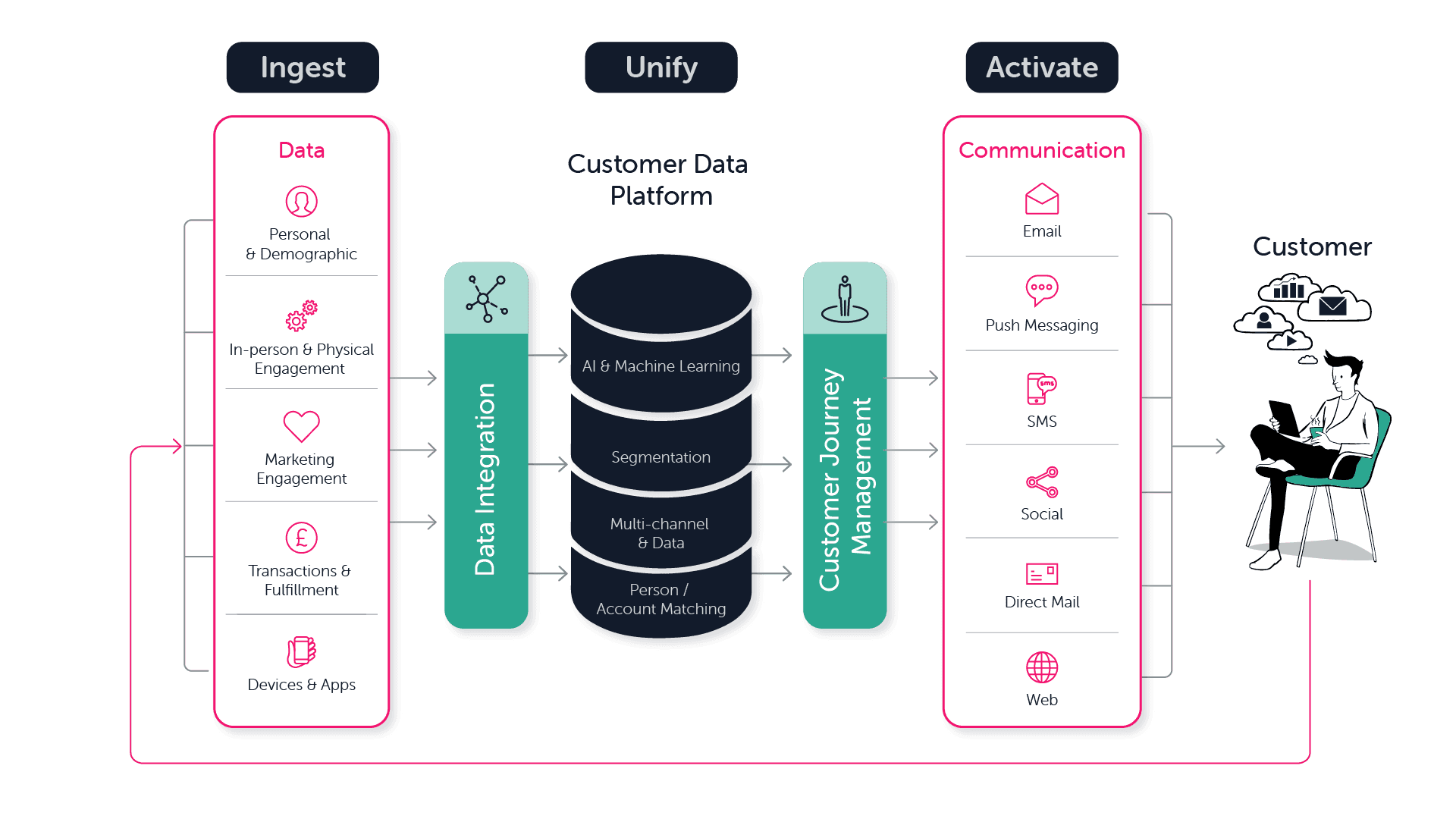
The problems with Data Pipelines and the hydration of a Data Lake include:
Data teams often end with technical debt surrounding CI/CD, IaS, observability, and the least privilege principle. Establishing a foundational data platform that proactively addresses these potential gaps would empower teams to concentrate their efforts on building their data pipelines.
A platform addresses these challenges by introducing a paradigm shift in data platform development. Its core design principles are:
A Data Platform Automation (DPA) of the underlying infrastructure (cloud) leverages a multi-repository strategy, with dedicated repositories for:
This separation of concerns allows for independent deployment, scalability, and clear ownership of different platform components. Each repository should have its own CI/CD pipeline, enabling independent deployment and faster iteration cycles.
DPA is built on the principles of analytics engineering, empowering data practitioners to independently build, organize, transform, and document data using software engineering best practices. This fosters a self-service data platform where data practitioners can create their own data products while adhering to a federated computational governance model.
DPA would be designed to be agnostic to the orchestration tool and data processing engine. While it provides sample orchestration code for Cloud Workflows, and Cloud Composer it can be integrated with other tools based on specific needs. This flexibility allows for seamless integration with existing systems and future-proofs the data platform.
DPA prioritizes serverless technologies, leveraging the scalability, cost-effectiveness, and ease of use of services like Cloud Functions, BigQuery, and Cloud Workflows. This minimizes the need for long-term running servers, reducing operational overhead and costs.
By leveraging serverless technologies and providing a standardized framework for data pipeline development, DPA significantly reduces the overall cost of building and operating a data platform. This ensures cost-effectiveness and makes the platform accessible to a wider